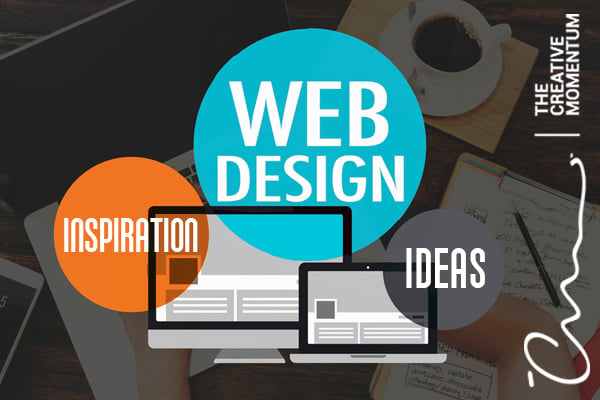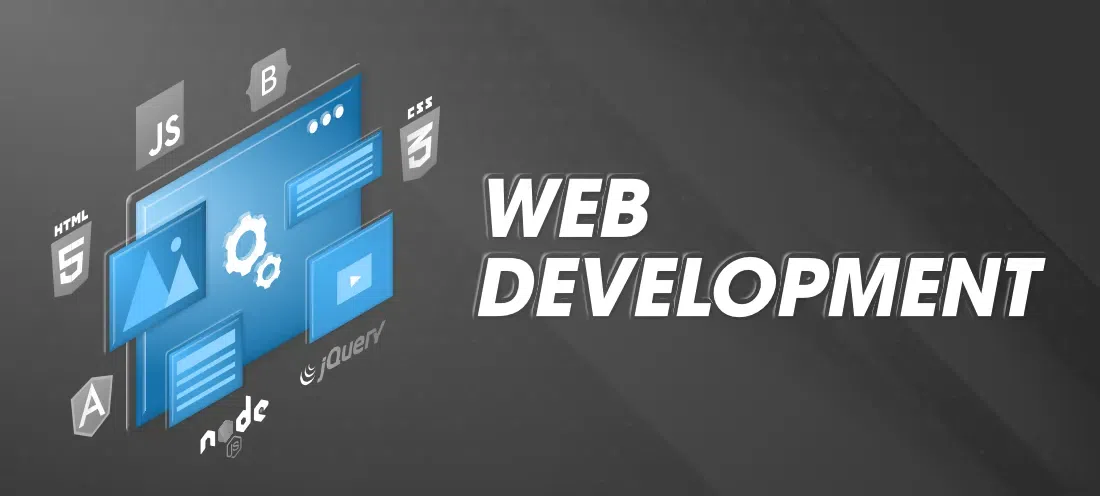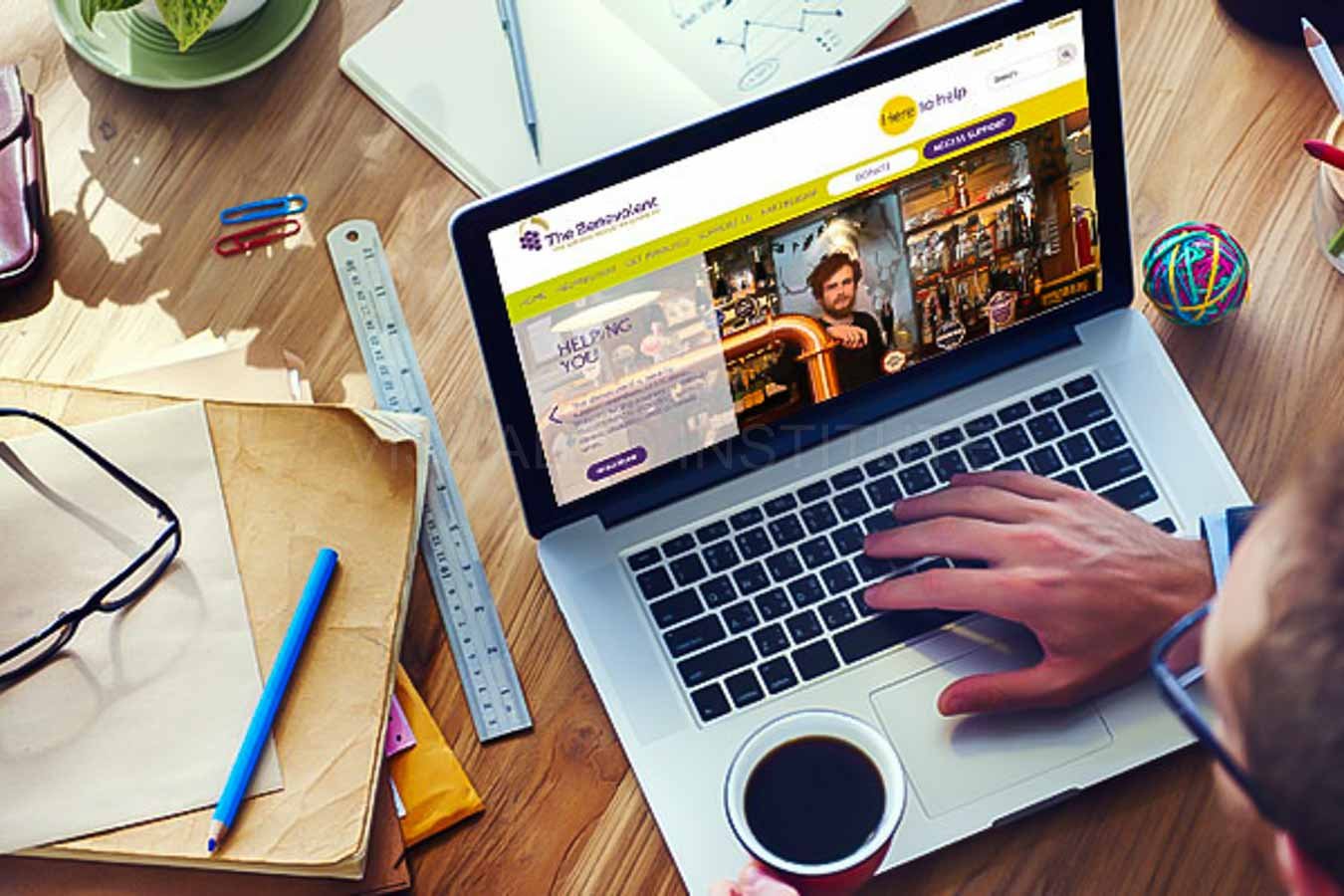Customized Aligned Position Web Design: Unique Web Designs That Reflect Your Brand’s Identity
Customized Aligned Position Web Design: Unique Web Designs That Reflect Your Brand’s Identity
Blog Article
The Best Types of Web Style to Boost User Experience and Involvement
In the ever-evolving landscape of digital interaction, the effectiveness of Web design considerably impacts individual experience and involvement. Numerous layout approaches, such as minimal, receptive, and interactive formats, each deal unique benefits that can provide to varied user needs.
Minimal Website Design
As electronic landscapes become progressively cluttered, minimalist Web layout has actually become a powerful strategy to boosting customer experience. This style approach focuses on simplicity, concentrating on important aspects while removing unnecessary interruptions. By using sufficient white space, straightforward navigating, and a restricted color palette, minimal style fosters clarity and routes individual attention to key web content.
The core concept of minimalist website design is to produce a seamless communication for customers. By minimizing cognitive load, customers can quickly grasp details without feeling bewildered. This direct approach not just improves use but additionally motivates involvement, as visitors are most likely to discover a site that is very easy and visually enticing to navigate.
In addition, minimalist style often stresses typography and imagery, using these aspects purposefully to convey messages properly. This focus on necessary components can enhance brand name identity and create an unforgettable customer experience. In essence, minimal Web design is not simply a fad; it is a thoughtful approach that acknowledges the importance of user-centered style. By removing additional components, developers can create a much more interesting, reliable, and pleasurable Web experience for all customers.
Responsive Web Design
In today's diverse digital atmosphere, responsive website design has actually ended up being crucial for creating a seamless user experience across a plethora of tools. As customers accessibility websites on smartphones, tablets, laptop computers, and desktop computers, the capacity of a website to adapt its design and web content to various display dimensions and resolutions is critical.
Receptive website design utilizes flexible grids, photos, and CSS media queries to make sure that Web content exists optimally, no matter the tool made use of. This strategy not only enhances the visual charm of an internet site but also dramatically improves use. Users are extra likely to involve with a website that provides a consistent experience, as it removes the aggravation of needing to zoom in or scroll exceedingly.
By adopting receptive layout, services can improve their visibility and get to a more comprehensive audience. In recap, responsive Web design is an essential practice that improves individual experience, involvement, and general fulfillment.
Interactive Website Design
Receptive website design prepares for enhancing customer experience, however interactive website design takes this a step better by engaging users in an extra vibrant means - Aligned Position Web Design. By incorporating aspects such as computer animations, clickable prototypes, and real-time responses, interactive website design astounds individuals, attracting them right into a richer surfing experience
This method not just promotes interaction yet additionally encourages users to explore material proactively as opposed to passively eating it. Strategies such as gamification, where customers gain benefits for finishing jobs, can considerably enhance the time spent on a website and boost overall complete satisfaction. Interactive attributes can simplify intricate information, making it much more absorbable and pleasurable.

Integrating interactive design elements can also lead to greater conversion prices, as individuals are most likely to engage with a site that proactively includes them. Aligned Position Web Design. Inevitably, interactive Web style changes individual experiences right into memorable journeys, making certain that visitors return time after time
Apartment Design
Identified by its minimalistic method, level layout emphasizes simpleness and capability, removing unnecessary aspects and concentrating on crucial attributes. This design approach prioritizes functionality, guaranteeing that users can navigate user interfaces with convenience and effectiveness. By employing a tidy visual, flat style gets rid of the clutter often found in a lot more luxuriant designs, thereby improving customer concentrate on material and capability.
The hallmark of flat style hinges on its use of vibrant shades, basic typography, and geometric shapes. These elements add to a visually appealing interface that is both approachable and modern. Additionally, level style fosters a feeling of quality, enabling customers to determine crucial activities and information without interruption.
Additionally, flat style is especially reliable in responsive Web style, as its simpleness translates well across different tools and display dimensions. The lack of elaborate textures and slopes minimizes loading times, which is important for preserving user involvement. As digital landscapes proceed to progress, flat style stays an appropriate choice for developing easy to use internet sites that boost total experience. By focusing on crucial features, level style not only fulfills user needs but also motivates smooth communication, making it a vital part of efficient Web style methods.
Adaptive Website Design
Adaptive Web design customizes the customer experience by developing numerous fixed layouts tailored to various display dimensions and gadgets. Unlike receptive design, which fluidly adjusts a solitary format, flexible style utilizes distinctive layouts for specific breakpoints, guaranteeing optimum discussion on different platforms. This method enables designers to concentrate on the special he said qualities of each device, boosting functionality by providing exactly what individuals need based on their context.
Among the primary advantages of adaptive Web design is its capability to maximize tons times and performance. By offering tailored material and pictures that fit the user's device, websites can lessen information usage and boost loading rates. This is especially advantageous for users with slower links or minimal information plans.

Additionally, flexible style assists in a more regulated and regular branding experience. Considering that developers produce multiple layouts, they can ensure that the visual aspects align with the brand's identification across different systems - Aligned Position Web look at this web-site Design. This leads to a cohesive individual experience, boosting involvement and promoting individual retention
Conclusion
Minimal design cultivates quality and emphasis, while receptive layout makes sure versatility throughout different tools, promoting ease of access. Jointly, these layout approaches contribute to the creation of user-friendly atmospheres that not just enhance contentment but additionally drive greater conversion rates, underscoring their essential significance in modern Web design techniques.

Minimal style promotes clearness and emphasis, while responsive style makes certain flexibility throughout various gadgets, promoting accessibility. Jointly, these layout comes close to contribute to the development of user-friendly atmospheres that not only improve fulfillment but likewise drive higher conversion rates, underscoring their essential value in modern Web style approaches.
Report this page